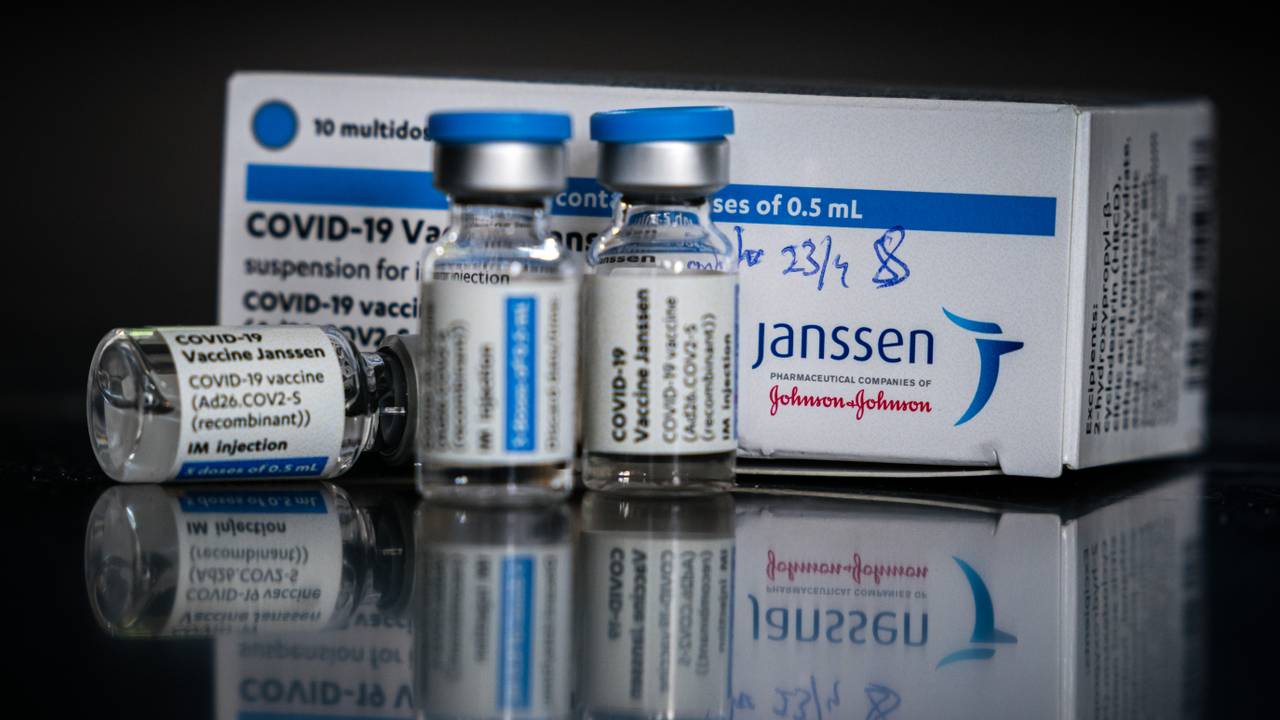NEW YORK – The face of terror and uncertainty of a crowd that fled aimlessly away from the south of the island of Manhattan, many across Fifth Avenue, many barefoot and without looking back, has accompanied me for twenty years.
Also the image of others, who stopped their race and cried without consolation, crumbled, powerless, sitting in front of buildings, one step away from Grand Central Station, where many arrived in a futile attempt to leave the city.
Her husband was a chef in one of the Twin Towers.
On September 11, 2001, a sunny day when New York’s Democratic primaries were being held to elect their mayoral candidate, news paralyzed the city that was just beginning its work routine: a plane had crashed into one of the iconic 110-story Twin Towers, in what was initially believed to have been an accident.
And when the city had not yet recovered from the stupor, its inhabitants watched in horror as another plane crashed into the south tower, seventeen minutes after the first, at a time when thousands of people were at their work centers in the popular and tourist complex of the World Trade Center, in the Financial District of the Big Apple. Then the doubts were cleared: it was not an accident.
Early that morning I was about to cover the Democratic primary when I received the call that left me paralyzed. I watched TV and couldn’t believe what I was seeing. I quickly left the apartment but my train was stopped and evicted in El Barrio, Harlem’s Latino stronghold.
In that neighborhood, usually bustling with loud music coming out of shops, that day was not like that. Employees and passersby listened attentively to the news of what was happening in the Financial District, in lower Manhattan. Several neighbors had placed radios in the windows of their apartments, which was also repeated in other areas of the city.
I was taking note of everything, when suddenly I heard something that shook me: “The towers fell, both!” A man shouted from the window of his apartment to another neighbor across the street. At that moment I felt that despair that journalists feel to be in the place where everything was happening invaded me.
Between the surprise, sobs, confusion and terror, New Yorkers also lived one of the moments of most anguish and helplessness when people began to jump from the upper floors to escape from the hell that the towers had become, which burned in flames that could be seen from a great distance.
The history of struggle of this Colombian recalls the unshakeable spirit of the American people after the attacks.
The attacks against the Twin Towers were a very strong blow not only for New Yorkers, in a country that had only experienced a situation like this through the cinema or the news and that turned everyone’s life upside down.
As I walked the streets I saw tears and despair among those who tried to make a call from a public telephone, without success. There were no phone lines and I couldn’t even call the office and dictate what I had seen up to that point.
I left El Barrio in one of the buses that tried to get as many people as possible off the streets. There, everyone was talking at the same time, worried about what happened while I observed how there were police officers at each entrance to the subway along the route.
A reconnaissance plane began to fly over the disaster area. Around me, on Fifth Avenue, I ran into groups of people fleeing to the station, but the mythical Grand Central was also being evicted. The subway didn’t work either: you could only get out of Manhattan on buses or ferries packed with terrified people.
After arriving at the office and sending my first report, I thought: where could they have taken the victims? Most likely, the Saint Vincent hospital, near the towers. Already all its surroundings were abuzz with white coats, doctors and nurses with stretchers receiving the victims and desperate relatives.
After the nineteenth anniversary of the attacks and six months of being closed due to the pandemic, the museum opens its doors to the public in New York City.
Already at that time the police had closed access to the lower area, filled with black smoke, and journalists could not approach the scene of the disaster, which later became known as “ground zero”. Trucks with soldiers and war tanks were heading towards it, as well as firefighters and ambulances with sirens blared in the air, amid applause from New Yorkers who shouted “heroes” at them.
Inexplicably, some men emerged from the rubble, tired and covered in dust. I wonder how many are still alive.
As a journalist, one of the most heartbreaking jobs of my career was interviewing family members who were looking for their loved ones with photos. Some lined the streets with those snapshots and the word “missing” or “have you seen it?”
There was not a day that I did not cry with them, and also later when I got home. It was very difficult not to.
– .


